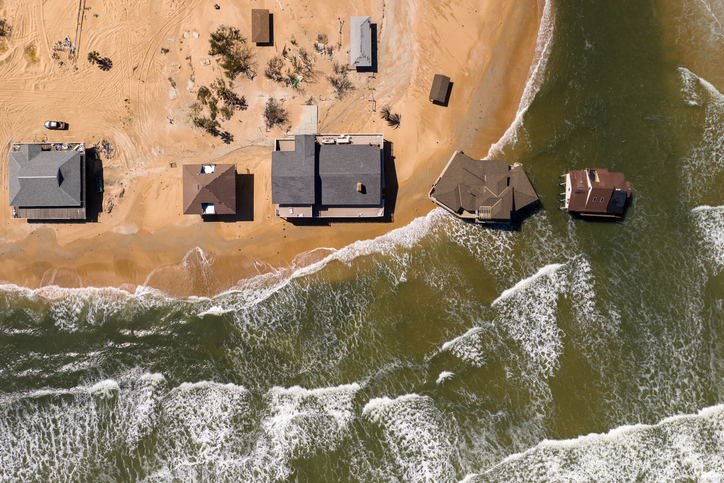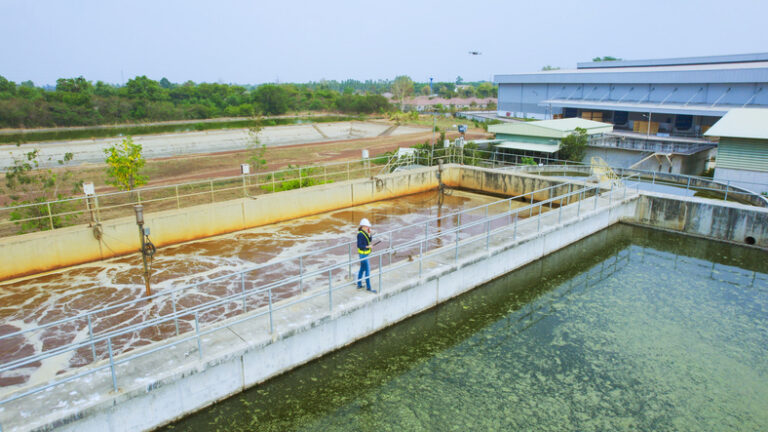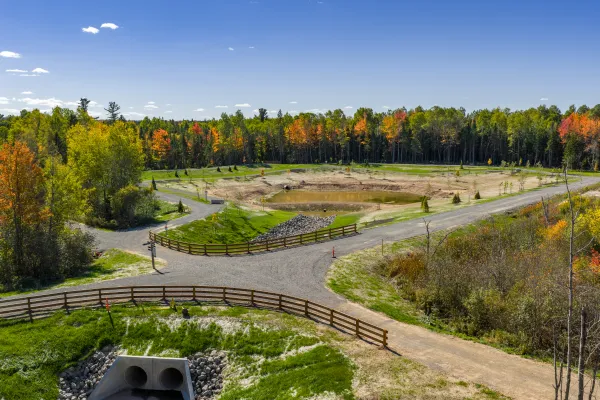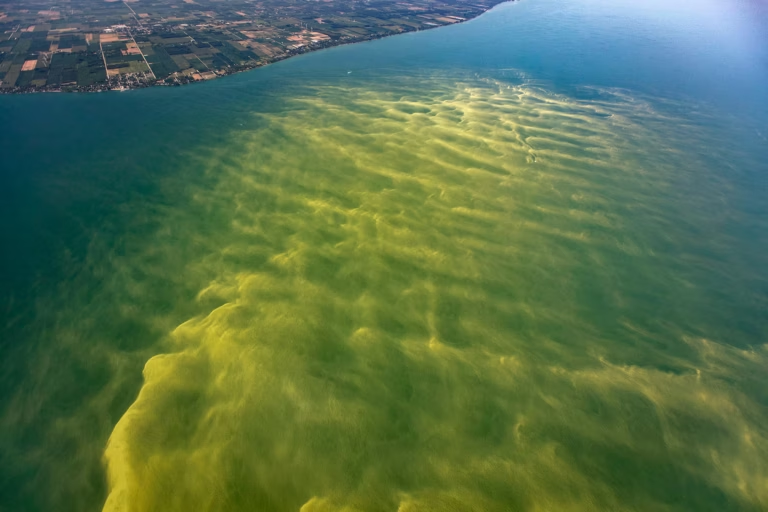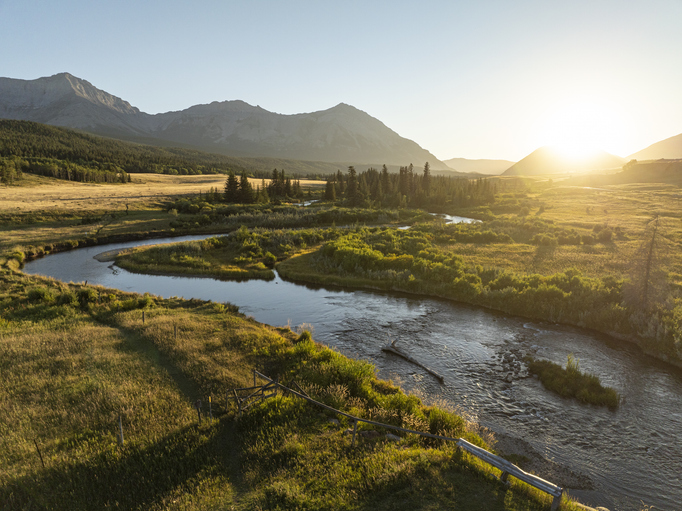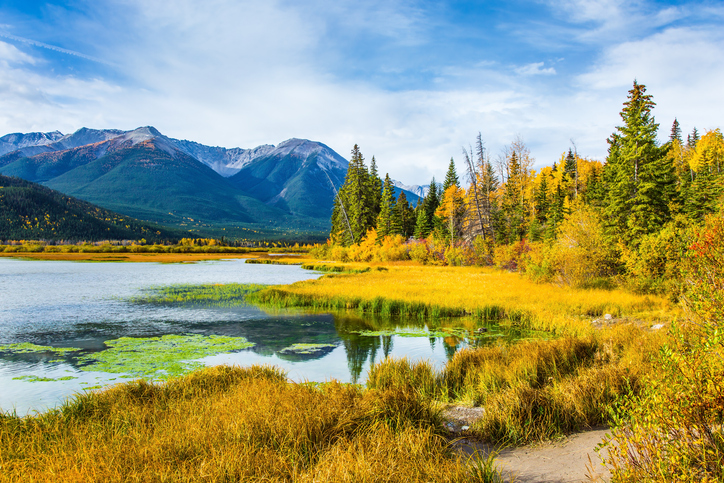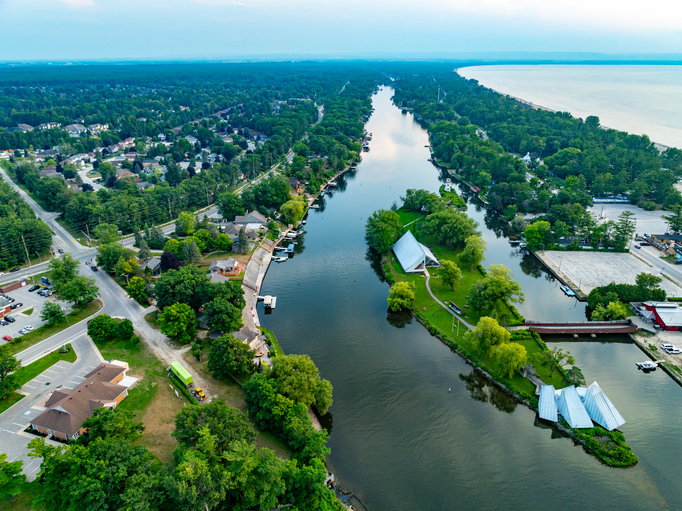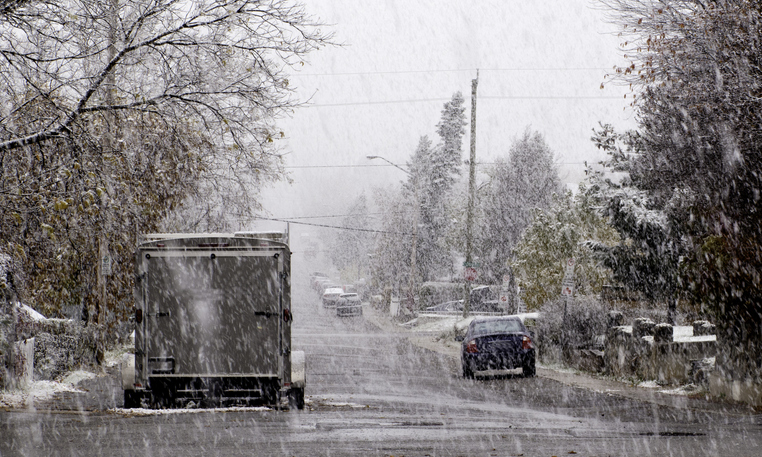A new McGill University-led study warns that more than 100 million buildings across the Global South could face regular flooding from sea level rise if fossil fuel emissions are not curbed.
Published last week in npj Urban Sustainability, the research is the first large-scale, building-by-building assessment of how long-term sea level rise could affect coastal infrastructure in Africa, Southeast Asia and Central and South America. Using satellite imagery and elevation data, the team mapped how many buildings could be inundated under different scenarios.
“Sea level rise is a slow, but unstoppable consequence of warming that is already impacting coastal populations and will continue for centuries,” said study co-author Natalya Gomez, Canada Research Chair in Ice Sheet–Sea Level Interactions at McGill. “People often talk about sea level rising by tens of centimetres, or maybe a metre, but in fact it could continue to rise for many metres if we don’t quickly stop burning fossil fuels.”
The study considered rises between half a metre and 20 metres. Even under the best-case scenario—a rise of 0.5 metres expected even with aggressive emissions cuts—three million buildings could be flooded. With five metres or more of a rise, a level projected over the coming centuries if emissions continue, exposure increases sharply, surpassing 100 million buildings.
Much of the risk lies in low-lying, densely populated coastal areas that house critical infrastructure such as ports, refineries and cultural heritage sites. “We were surprised at the large number of buildings at risk from relatively modest long-term sea level rise,” said co-author Jeff Cardile, a geography professor at McGill.
Researchers say the findings provide critical insights for urban planners and policymakers. “We all rely on goods, foods and fuels that pass through ports and coastal infrastructure exposed to sea level rise,” said McGill professor Eric Galbraith. “Disruption of this essential infrastructure could play havoc with our globally interconnected economy and food system.”
The team has also created an interactive map, available on Google Earth Engine, to help communities and governments visualize risks and develop adaptation strategies from protective infrastructure to land use changes or, in some cases, managed retreat.
“There is no escaping at least a moderate amount of sea level rise,” said lead author Maya Willard-Stepan, who conducted the study as part of an undergraduate research project. “The sooner coastal communities can start planning for it, the better chance they have of continuing to flourish.”

